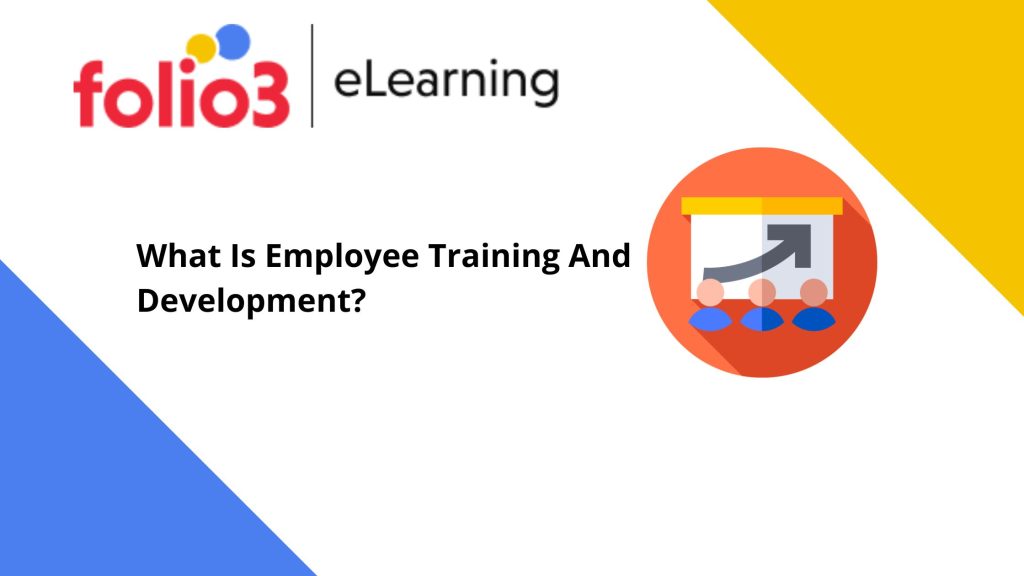
Introduction
The term “employee training and development” refers to a wide range of employee learning.
Any activity that aids in an employee’s knowledge or skill acquisition or improvement falls under the category of employee training plans. Whereas, development is the process of acquiring knowledge, abilities, or attitudes that equip individuals with the necessary dispositions for challenging tasks.
Executive Summary
Employee training can take many different forms, among them training, mentoring, coaching, self-directed learning, informal learning, and experiential learning. This article goes into further detail about the value of training plans for employees, what and why they are planned, and describes the different methods that businesses take to train their staff along with its benefits.
Understanding Employee Training And Development
Even though the phrases “training” and “development” are frequently used interchangeably, the two ideas differ in a few key ways. The variations relate to how broadly each application is used. In essence, a training program has very specific, quantifiable objectives like learning how to operate machinery or accurately conduct a specific technique.
A developmental program, on the other hand, focuses on gaining larger abilities that may be used in a variety of contexts. They cover abilities including leadership, communication, and decision-making.

Why Do You Require Employee Training And Development
The proper personnel is retained, and earnings increase thanks to effective training and development initiatives. These training programs are more crucial than ever as the competition for top talent heats up. It costs time and money to hire great talent, and how you develop that talent after onboarding them has an impact on retention and company success. And it goes beyond retention. Such programs for employees also directly influence growth and development.
Establishing Improved Employee Training And Development
Training and development programs with a high impact are rather the outcome of rigorous preparation and alignment. You can create customized training plans by using the methods below to integrate business objectives.
1) Determine The Business Impact
Create and refine the training to meet the overarching objectives of the business. The effectiveness of employee training is ensured by keeping company objectives in mind.
2) Layered Approach
The best training programs use layered, long-lasting learning activities to gradually enhance performance. The best of all worlds is a layered strategy since it combines training techniques and learning opportunities to make the most of your time.
3) Analyze the Efficacy And Sustainability Of Returns
The requirement for training and assistance for employees doesn’t end when they return to work. In fact, it takes ongoing assistance to make sure that the first instruction persists. You can assess the effectiveness of a program by starting with measurable learning objectives.
4) Determine Skill Gaps
You can more precisely determine what your specific learning objectives should be by determining the gaps between employees’ present abilities and ideal skills. Sort these learning objectives into these three categories, and include training activities in your plan that address each group.
- Polishing Skills
- Critical Analysis
- Motivation
Client Sucess Stories:
Benefits of Training Plans For Employees
Investing in a staff training program has a number of advantages, including the following:
1) Heightened Interest
The top elements that increase employee engagement are chances for career growth and job-specific training.
2) Innovation
When faced with problems at work, training and development programs assist employees in coming up with innovative solutions.
3) Less Of A Skills Gap
Employee training programs assist businesses in filling any skill gaps that may present or soon arise, bolstering weak connections and facilitating internal recruiting that is more cost-effective in comparison with external hiring.
4) Sustainable Knowledge Transfer
You will be more ready for succession, onboarding, and turnover if you encourage employees to learn from one another.
5) Lead To A Marked Loyalty
Employees who have access to training and development opportunities stay with their employers longer because they view it as an added benefit.
6) Strengthened Corporate Reputation
Nowadays, employers are vying for employees. It will be much simpler to draw in and keep top talent if you invest in training and development.
7) Increased Motivation And Job Satisfaction
Employees who receive ongoing training and development feel more valued, which motivates them to offer their all.
8) Leverage Against Rivals
Giving your staff the knowledge and abilities, they require can help your organization stay competitive in the hectic business world of today.
9) Enhanced Efficiency
Employee training helps employees become more proficient, more self-assured, and educated about their sector, all of which are directly linked to greater performance.
Three Examples of Training Plans For Employee Methods
A comprehensive and interesting training and development program incorporates a variety of teaching modalities.
1) Instructor-Led
Instructor-led training can be a very effective strategy for teaching complex subjects Because it enables the instructor to respond to student inquiries immediately and recommend additional training resources,
2) Simulation
Since VR and augmented reality equipment is now widely accessible, many businesses are incorporating technology into their staff training program.
3) eLearning
eLearning or LMS for employee training has been incredibly popular in recent years because it enables employees to learn at their own pace on any device they want.
Conclusion
Today, knowledge and skills are essential to every business. Based on their physical makeup and intellectual capital, businesses are rated. Regular training plans for employees are the simplest way to increase and expand a company’s intellectual capital.
Additionally, the expense of sustaining unskilled staff is higher for the company than it would be if it hired people with proper training. Improvements in employee performance, a boost to corporate reputation, and the identification of organizational weak points are further benefits of employee training and development.

FAQs
A program called employee training assists employees in acquiring specialized knowledge or abilities to enhance performance in their existing positions. In contrast to an immediate job position, employee development is more comprehensive and places a greater emphasis on employee development and future performance. By 2025, 50 percent of workers will require reskilling.










